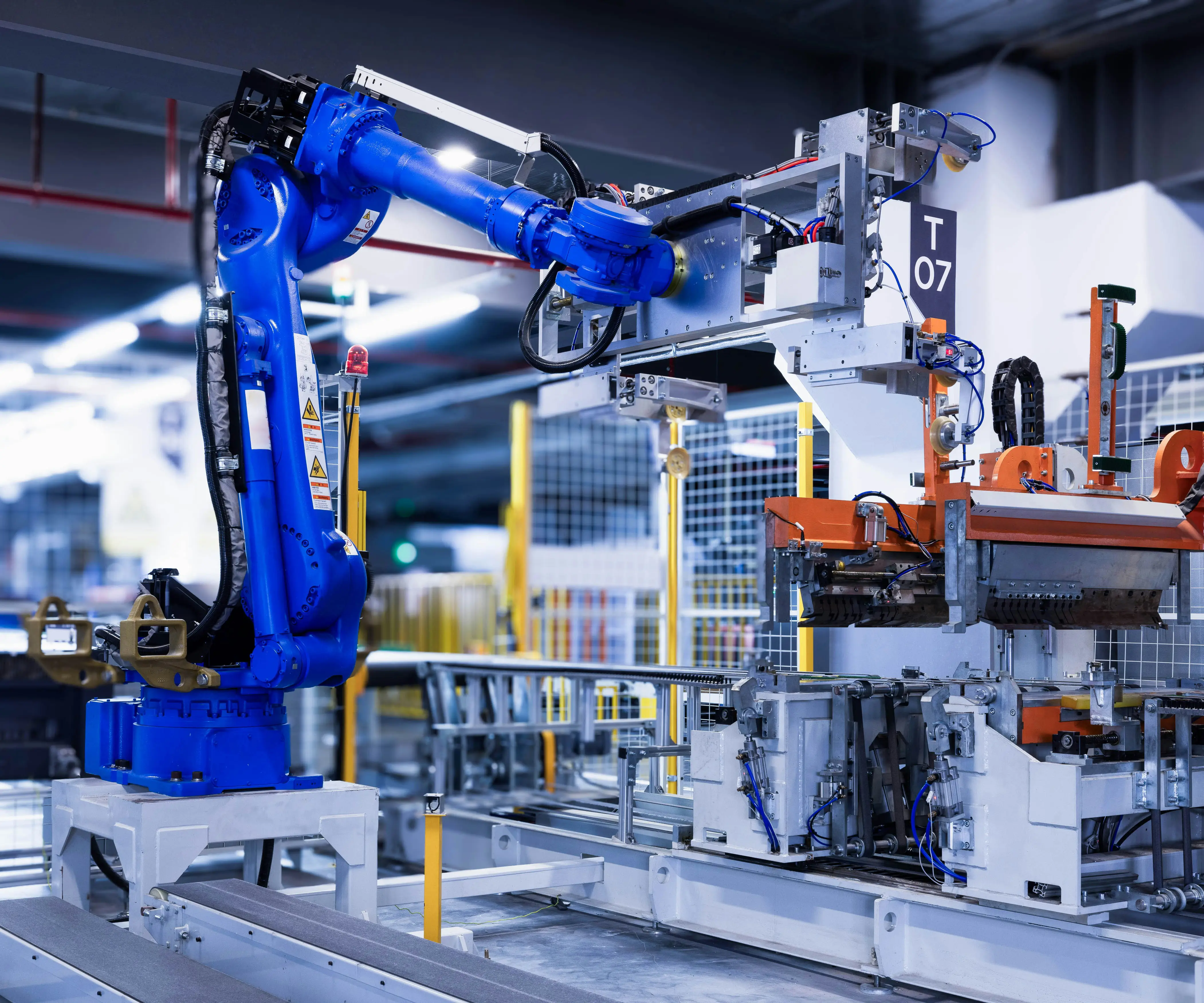In the vast universe of electromechanical devices, few components seamlessly combine simplicity with sophistication as effectively as the DC gear motor. These compact yet powerful machines are the backbone behind countless innovations—from precision robotics to automotive systems, home appliances, and industrial automation. But what exactly makes the DC gear motor a marvel of modern engineering? Let’s embark on a journey to explore the core principles, functionalities, and transformative impact of these miniature powerhouses.

At its heart, a DC gear motor integrates a direct current (DC) motor with a gear reduction system. The DC motor itself is a relatively straightforward device: it converts electrical energy into rotational mechanical energy via electromagnetic interactions. When voltage is applied, it creates a magnetic field that turns the motor’s rotor. But the real magic happens when you incorporate gears into this setup.
Gears, with their toothed wheels, are essential for modifying the speed, torque, and direction of the motor’s output. By adding a gear train—often comprising multiple different-sized gears—the motor’s high-speed, low-torque rotation is transformed into a low-speed, high-torque output suitable for various applications. This configuration offers precise control over movement, which is invaluable in engineering tasks requiring accuracy and consistency.
One of the key advantages of DC gear motors is their exceptional controllability. Thanks to their design, they can be easily regulated using simple voltage adjustments or more sophisticated electronic controllers like PWM (Pulse Width Modulation). This allows for refined speed regulation, ensuring performance is tailored perfectly to the task at hand. Whether it’s deploying a robotic arm that needs fine movements or a conveyor belt that requires steady motion, DC gear motors excel at providing smooth and reliable operation.
Another noteworthy feature is their compact size. The integration of gearing within a small motor housing makes these systems highly space-efficient. For applications where every millimeter counts—think drones, medical devices, or miniature industrial systems—DC gear motors are often the perfect fit. Their versatility means they can be customized in terms of gear ratios, voltage ratings, and power outputs, offering a personalized solution for almost any mechanical challenge.
Efficiency is pivotal in modern design, and DC gear motors shine here too. The gear train minimizes energy wastage by optimizing torque delivery and reducing unnecessary power consumption. Additionally, advancements in gear materials and manufacturing techniques—such as precision machining and durable composites—have significantly enhanced the durability and lifespan of these motors, even under demanding conditions.
But the appeal of DC gear motors isn't solely in their technical specifications; it lies in their real-world applications that impact everyday life. Think about your coffee machine's motorized grinder, the automatic door operator, or even the electric window in your car—chances are, they all employ some form of DC gear motor. Their adaptability allows engineers to integrate them into almost any device requiring controlled motion.
Furthermore, the rise of digital control systems has expanded the capabilities of these motors. By coupling a DC gear motor with microcontrollers, designers can achieve complex motion profiles, precise positioning, and even feedback-driven adjustments. Encoders, for instance, can be attached to provide data on rotational position or speed, enabling closed-loop control systems that enhance accuracy.
The environmental consideration is also noteworthy. Modern DC gear motors are designed to operate with high efficiency and minimal noise, aligning with greener initiatives and user comfort. Brushless variants, which eliminate mechanical brushes that wear out over time, further improve longevity and reduce maintenance needs, making them ideal for long-term applications.
As industries continue to embrace automation, robotics, and IoT (Internet of Things), the importance of reliable, adaptable, and efficient actuators like DC gear motors only grows. They serve as the unsung heroes behind seamless machinery, translating electrical signals into precise mechanical action—an elegant dance of electrons and gears working in harmony. Whether in a cutting-edge robot performing delicate surgeries or an agricultural drone surveying vast fields, the small but mighty DC gear motor is making a difference.
In our next installment, we’ll delve into the various types of DC gear motors, their specific uses across industries, and what innovations are shaping their future. The journey of understanding these vital components is just beginning—and its possibilities are endless.
Kpower has delivered professional drive system solutions to over 500 enterprise clients globally with products covering various fields such as Smart Home Systems, Automatic Electronics, Robotics, Precision Agriculture, Drones, and Industrial Automation.




































